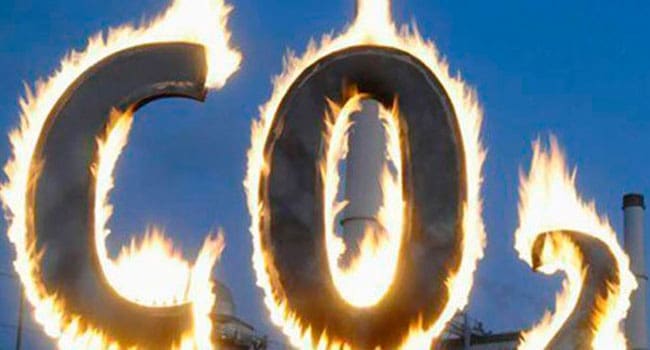By Jock Finlayson
and Denise Mullen
Business Council of B.C.
Targets. We all know what they mean, or think we do. Several words convey essentially the same notion – e.g., goals, objectives, ambitions and intentions. The idea is about getting something accomplished at some point in the future.
This brings us to B.C.’s greenhouse gas (GHG) reduction targets. They’re an example of political aspiration and calculus at work. But the hard reality is that they almost certainly can’t be achieved within the time frames stipulated.

Jock Finlayson
In 2018, British Columbia’s emissions of greenhouse gases stood at 68 megatons. Overall, emissions have exhibited a gently rising trend in the past dozen years, despite efforts to bring them down. As a result, there’s a wide gap between actual emissions and the government’s stated goal. At some point, policy-makers will be forced to rethink their approach.
In 2008, the previous Liberal government set initial GHG reduction targets and implemented a pioneering carbon tax to help tamp down emissions. By 2020, B.C.’s carbon tax reached $40 per ton, by far the highest in North America. Putting a price on emissions has had a dampening effect on the consumption of fossil fuels, but only to a limited degree.
When the NDP assumed office in 2017, they abandoned the Liberals’ emissions target for 2020, which by then was clearly unattainable. But they made the targets for 2030 and later years more stringent. Legislation adopted by the NDP seeks to bring emissions down to 40 per cent below 2007 levels by 2030, to 60 per cent below by 2040 and to 80 per cent below by 2050.

Denise Mullen
Meanwhile, in addition to the carbon tax, B.C. has adopted a suite of other policies, regulations, and fiscal measures designed to lower emissions and discourage the use of fossil fuels. These include tougher energy efficiency standards for buildings, requirements to reduce the carbon content of transportation fuels, and various subsidies and incentives to spur fuel-switching (e.g., electric vehicles) and the purchase of less carbon intensive goods.
Absent a wholesale restructuring of the economy and/or the development and quick deployment of energy-saving and carbon-reducing technologies, meeting B.C.’s 2030 goal to reduce emissions by 40 per cent from 2007 levels will be a herculean task – indeed, an impossible one, in our view. The same may be true of the 2040 and 2050 targets, although in these cases there’s more time to find technology-based solutions that can wean society off of fossil fuels.
Look more closely at B.C.’s promise to reduce emissions by 40 per cent relative to 2007 levels by 2030. In 2007, emissions were 63.4 megatons. They have risen modestly since then to 68 megatons by 2018. A 40 per cent drop means a 25.4-megatons reduction from 2007 levels over ten years, or about 2.5 megatons per year (on average).
But this overlooks the anticipated growth of B.C.’s population and economy – developments that will lead to more energy use in the coming years. When we account for this, the cuts to emissions required to reach the 2030 target are greater than 2.5 megatons per year – probably in the range of four megatons.
Suffice to say that this is a tall order. In fact, in only four of the last 11 years did the province’s emissions decrease, in most cases by comparatively small amounts. Emissions fell slightly during the 2008-09 recession and with the 2014-15 shock to global energy markets. When the data are available for 2020, they undoubtedly will show another – temporary – drop in emissions, coinciding with the COVID-19-induced economic downturn.
A review of B.C.’s latest GHG inventory together with the record since 2007 furnishes no reason to believe that emissions are about to start decreasing rapidly. Nor do we see evidence of the cost-free options – beloved by many politicians – that would slash emissions on a dramatic scale in the near future. And that’s before we consider the deep economic hole B.C. has fallen into and the increased fiscal burden that government will shoulder due to the ongoing COVID-19 shock.
Add it all up and we strongly suspect a future government will find it necessary to revisit the province’s current 2030 GHG emissions reduction goal in a few years.
Jock Finlayson is executive vice-president of the Business Council of British Columbia. Denise Mullen is director of environment and sustainability at the Business Council of B.C.
Jock and Denise are Troy Media Thought Leaders. Why aren’t you?
The views, opinions and positions expressed by columnists and contributors are the author’s alone. They do not inherently or expressly reflect the views, opinions and/or positions of our publication.

